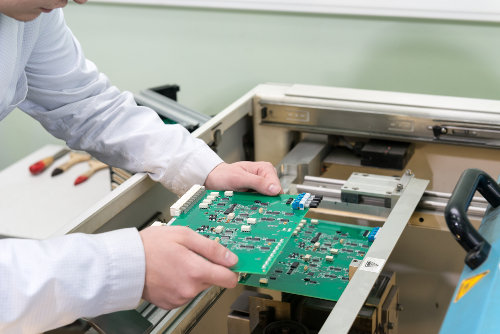As an electrical engineer, your primary goal is transforming clients’ ideas into functioning electronics. However, in designing a BOM for a project, you’ll need to manage your parts to ensure you have every requirement. Most electrical engineers admit that it’s hard to focus on product design while managing BOM parts at the same time.

Poor management of parts leads to lengthy delays in production, unexpected cost increases, and, production of faulty electronics. Hiring a professional who manages your parts data ensures you benefit in the following ways.
1. Keeps an updated list of prices
If your Bill of Materials (BOM) contains hundreds of parts, it will take you a lot of time to cross check the price of each listed part. It’s even harder when you’re using an Excel BOM because it lacks the auto-update feature present in modern BOM software. Each year, inflation and other national economic variables bring about price changes. This is why you need to update your parts’ price list annually.
A part manager verifies listed prices by calling all relevant manufacturers. This ensures that you don’t under quote or overstate project budgets.
2. Manages your inventory
When frequently using a highly packed BOM, electrical engineers tend to forget about restocking various parts. Sometimes, it’s hard to keep track of inventory when one is tasked with consecutive electrical design projects. An electrical engineer without a BOM manager may find him or herself unable to complete a project on time due to lack of essential parts.
One advantage of having a parts manager on your team is that you won’t have to worry about running out of parts. A BOM manager gets all you need before commencing a project. In addition, he or she will find alternative parts to be included in your BOM.
3. Identify parts that have reached the end of their life cycles
A product lifecycle is the duration and stages products go through from launch until demise in the market. A product lifecycle contains five stages namely, development, introduction, growth, maturity, and, decline. Just like the demise of a human, a BOM part disappears when it reaches the end of its product lifecycle.
When you are unable to monitor all your parts’ life cycles, a BOM manager will identify suitable replacements for all parts that are about to exit the market. In addition, you’ll also have a newly updated list of alternative parts. This updating routine increases the longevity of your BOM.
4. Facilitate interoperability between different BOM software
Each BOM software has its unique library of parts and protocols governing the design and part usage. A BOM manager identifies the best BOM alternatives to work with to prevent data loss from occurring when editing designs on different BOM software. You can count on your parts manager to save source for parts that function universally on different BOM software.
Summing it up
Veteran electrical engineers let BOM parts managers take care of the nitty gritty because nobody is an island. An electrical designer who manages your parts data effectively ensures that you meet customers’ needs on time.


